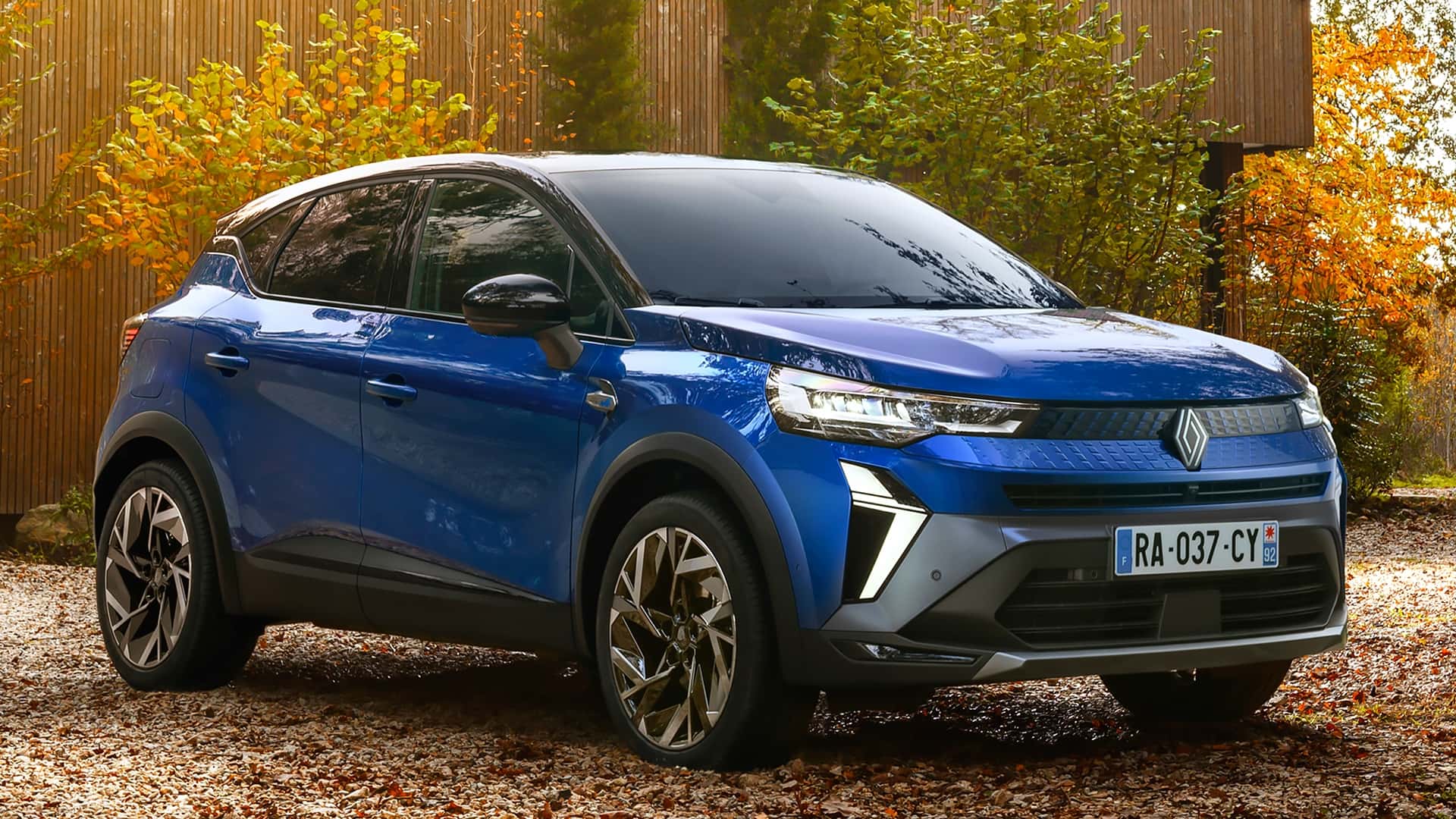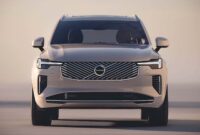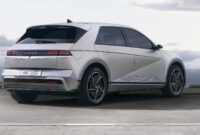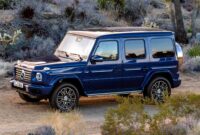Renault gave the Clio supermini a mid-cycle facelift about a year ago, so it’s only natural that its crossover counterpart would also receive a few changes. The 2024 Captur follows the latest design language with bold LED daytime running lights and a redesigned diamond logo. The entire front fascia has been redesigned, which doesn’t happen often over the life of a vehicle.
There are some slight changes at the rear, where the taillights remain the “C” shape but now have different graphics. Renault has updated its badging on the tailgate to match the new corporate identity, and it looks like the fake exhaust tips are now (thankfully) a thing of the past. Hopefully, this is a sign that this annoying trend is starting to die down.

99 Photo
The new Esprit Alpine variant replaces the old RS Line at the top of the range. Customers can choose from no less than 14 two-tone paint combinations and just as many colors. The cheapest 2024 Captur rides on 17-inch steel wheels, but you can opt for 19-inch wheels for the Esprit Alpine.
The interior looks instantly familiar (it’s just a facelift), but the infotainment touchscreen now measures 10.4 inches while the larger digital instrument cluster measures 10.25 inches across. With the 2024 Captur, Renault has removed all leather from the interior of the subcompact crossover, and also removed the chrome. The new seats are made from recycled materials based on renewable materials such as hemp.
Stick to the entry-level version and the French brand will fit a tiny 1.0-litre turbocharged three-cylinder petrol engine with 90hp sent to the road via a six-speed manual transmission. A larger 1.3-litre turbocharged four-cylinder produces 140hp and works with the same manual transmission. A more powerful version of the 1.3-litre engine has 160hp and sends power to the wheels via a seven-speed dual-clutch automatic.
Alternatively, you can opt for a hybrid powertrain with a 1.6-liter naturally aspirated petrol engine producing 94 hp and working in conjunction with a 36-kilowatt electric motor, an 18 kW high-voltage starter generator and a 1.2 kWh battery. The car has a combined output of 145 hp and always runs in pure electric mode. Renault claims that 80 percent of city driving is done without using the combustion engine.
Predictably, there is no diesel engine as European carmakers are gradually moving away from using oil-burning engines in their smaller cars. However, there is an LPG (liquefied petroleum gas) version with a 1.0-liter three-cylinder turbo engine and a six-speed manual transmission. On a full tank of petrol and LPG, the 100 hp Captur can travel 684 miles.
Ford Puma rival Renault Captur goes on sale in Europe later this year after series production began in Spain at its Valladolid plant.




